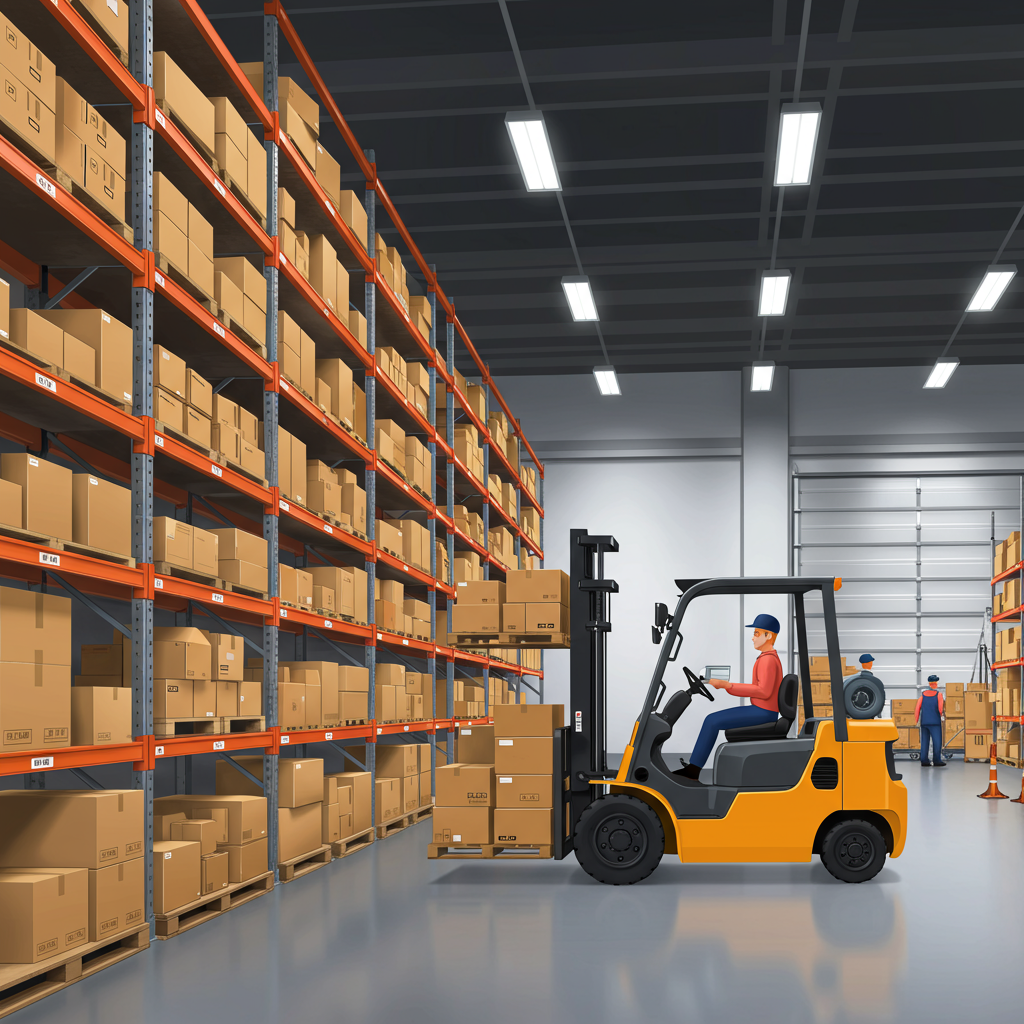Discover how third-party logistics can transform your e-commerce fulfillment and scale your Shopify business.
As a Shopify merchant, I know firsthand the exhilarating journey of building an online store. We pour our hearts into product development, marketing, and customer engagement.
But then, something amazing happens: the orders start rolling in. And they keep coming. Suddenly, that spare room or garage filled with inventory starts to feel less like a cozy office and more like a logistical nightmare.
This is precisely the point where many of us realize we need help. We hit a wall where self-fulfillment becomes a bottleneck, consuming precious time and energy that could be spent on growth.
That’s where Third-Party Logistics (3PL) providers enter the picture. For me, discovering the right 3PL was a game-changer, allowing my Shopify store to scale beyond what I thought was possible.
So, what exactly is a 3PL? In simple terms, it’s a company that provides outsourced logistics services for businesses. This typically includes warehousing, inventory management, order fulfillment (picking, packing, and shipping), and sometimes even returns processing.
Think of them as an extension of your team, handling all the physical aspects of getting your products from your supplier to your customer’s doorstep.
For Shopify store owners like us, partnering with a 3PL means we no longer have to worry about storing inventory, finding shipping boxes, printing labels, or making daily trips to the post office.
It frees up our time to focus on what we do best: product development, marketing, sales, and customer service. This shift in focus is incredibly powerful for sustainable growth.
One of the biggest benefits I’ve experienced is cost efficiency. While it might seem counterintuitive to pay someone else, 3PLs often have economies of scale that individual merchants don’t.
They get better shipping rates due to high volume, and their warehouse space and labor are optimized, which can lead to significant savings in the long run compared to doing it all yourself.
Another crucial advantage is scalability. As your order volume fluctuates, a good 3PL can easily adapt. They have the infrastructure to handle peak seasons like Black Friday or Cyber Monday without you needing to hire temporary staff or rent extra space.
This flexibility is invaluable for managing unpredictable e-commerce demand.
When should you consider a 3PL for your Shopify store? I’d say it’s time when your order volume consistently exceeds what you can comfortably manage in-house.
If you’re spending more time packing boxes than strategizing, or if your living space is overflowing with inventory, these are clear signs.
Also, if you’re looking to expand into new markets, especially internationally, a 3PL with a global network can be incredibly beneficial. They understand customs, duties, and international shipping complexities.
Choosing the right 3PL is a critical decision, and it’s not one to be taken lightly. I’ve learned that there are several key factors to consider.
First and foremost, look for a 3PL with robust Shopify integration. This is non-negotiable. Seamless integration means your orders flow automatically from Shopify to their system, and tracking information is pushed back to your customers.
This automation saves immense time and reduces errors.
Next, consider their warehouse locations. Do they have facilities strategically placed to reach your customer base quickly and cost-effectively? Multiple locations can significantly reduce shipping times and costs.
Their pricing structure needs to be transparent and understandable. Most 3PLs charge for storage, picking and packing, and shipping. Understand all fees, including any hidden ones for receiving, kitting, or returns.
What services do they offer? Beyond basic fulfillment, do they provide kitting, custom packaging, returns management, or even Amazon FBA prep? These additional services can be very valuable.
Technology and software are also vital. A good 3PL will have a sophisticated Warehouse Management System (WMS) that provides real-time inventory visibility, order tracking, and analytics.
I personally value a user-friendly dashboard where I can monitor everything from my end.
Customer service and communication are paramount. You’re entrusting them with a core part of your business, so you need a responsive and reliable partner. Look for dedicated account managers or clear communication channels.
Their reputation and reviews matter. Do your due diligence. Look at online reviews, ask for references, and see if they have experience with businesses similar to yours.
Finally, consider their scalability. Can they grow with you? As your business expands, will they be able to handle increased volume and potentially new product lines?
There are many excellent 3PLs out there, each with its own strengths. Some are known for their tech-forward approach and extensive networks, ideal for fast-growing brands.
Others specialize in specific niches, like handling oversized items, fragile goods, or even cold storage. It’s about finding the best fit for your unique product and business needs.
Once you’ve chosen a 3PL, the onboarding process is crucial. This involves syncing your inventory, setting up product details, and often doing a test run of orders.
Clear communication during this phase ensures a smooth transition and minimizes disruptions to your customers.
To maximize your relationship with a 3PL, I’ve found that regular communication and performance reviews are key. Don’t just set it and forget it.
Leverage the data they provide to make informed decisions about inventory levels, shipping strategies, and even product launches.
In conclusion, embracing a 3PL for my Shopify store was one of the best strategic decisions I’ve made. It allowed me to reclaim my time, reduce operational stress, and focus on what truly drives my business forward.
It’s an investment that pays dividends in efficiency, scalability, and ultimately, peace of mind.
What do you think about this article? Have you considered a 3PL for your Shopify store, or are you already using one?
I hope my insights help you navigate the world of third-party logistics and find the perfect partner to help your Shopify store thrive.






